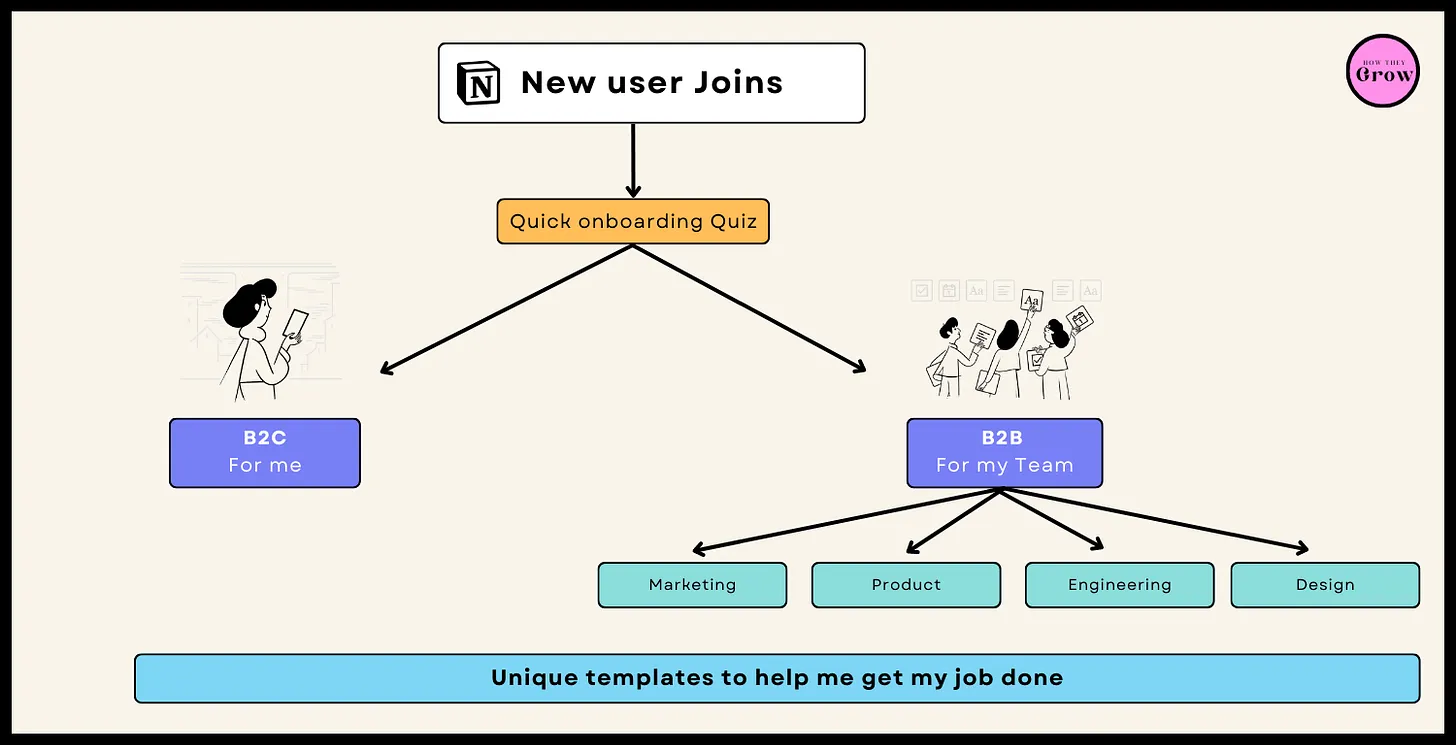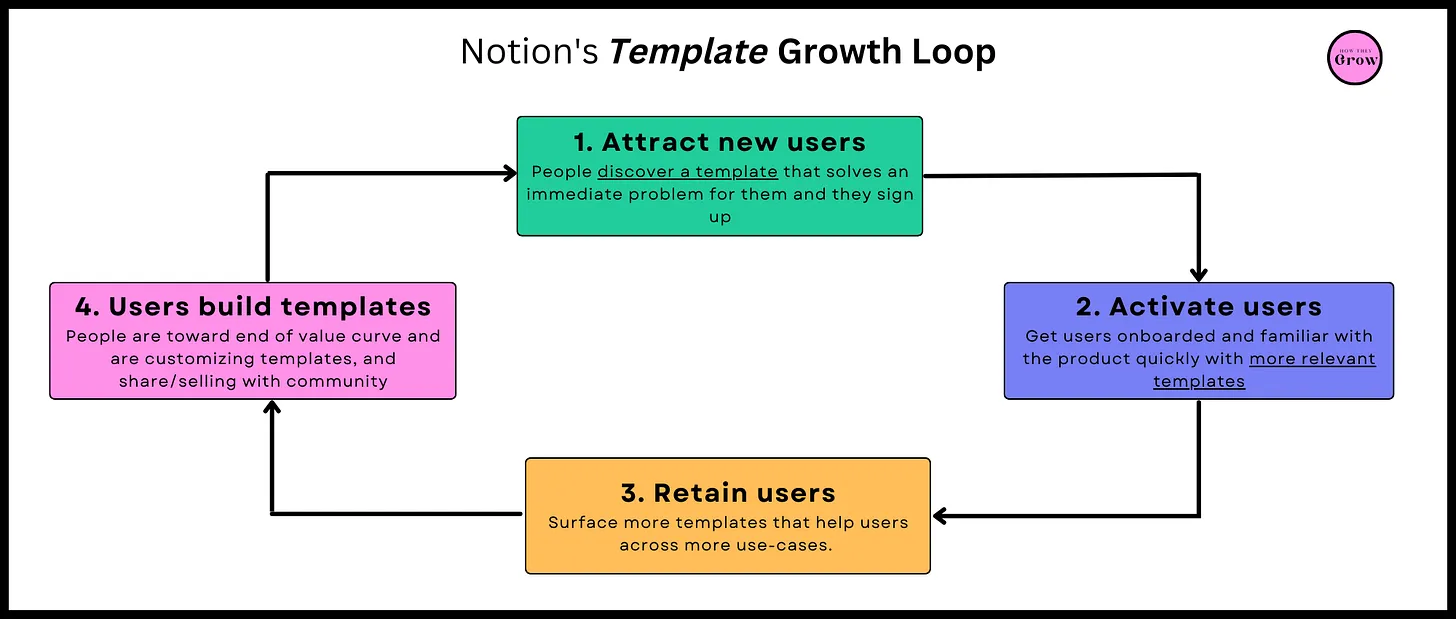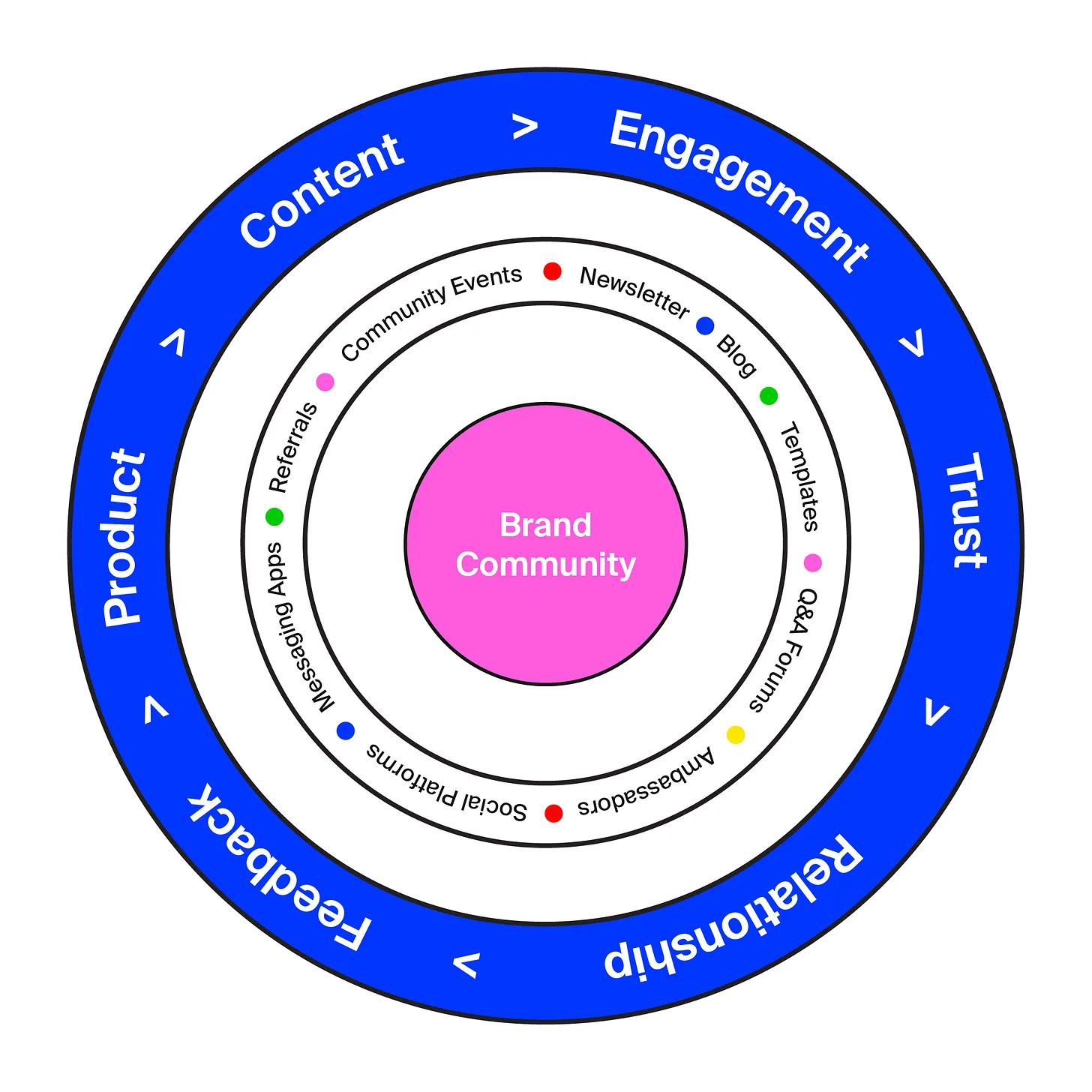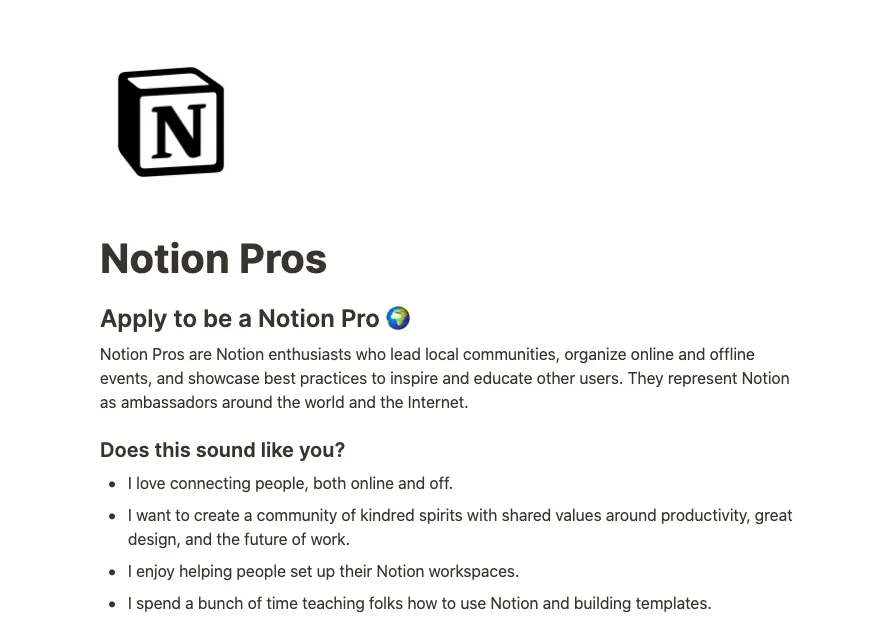Lessons from the success and growth of Notion
Oct 25, 2022 . 5 min read . 470 views
title: 'Lessons from the success and growth of Notion' publishedAt: '2022-10-25' summary: 'Notion has recently been valued at $10Bn, but the path to get there has not been straightforward. It took notion 5 years before they first went viral on Product Hunt. ...' category: '#Startups'
Notion has recently been valued at $10Bn, but the path to get there hasn't been straightforward. It took notion 5 years before they first went viral on Product Hunt. After that there has been no looking back.
Following are a few takeaways from their journey. This post includes highlights from Jaryd Hermann's longer post on Notion's growth and journey.
Lessons From Notion’s Journey To Success
- Focus less on what you as the founder want to bring to the world and more on what the world warns from you. Notion started as a no-code website builder for designers.
- Try solving your own problems. It’s always a good starting point as you have a fair idea of who the customer is.
- It is okay to copy and build on the shoulder of giants.
- Hire mindfully. At the early stage hire slow instead of fast. Hire folks only when they can contribute something additional to the team. Bad hires slow down the entire team.
- Start with a big vision but have a trojan horse. A big and inspiring vision is what get’s people to leave their jobs and work with you. However, the big vision is difficult for the end customers to understand. To make a mark with your customers try to solve a stupid simple real problem they have.
- Don’t be married to your idea or plans. Have strong convictions but loosely held.
- Know when to take people’s money. A personal rule here is to build first something that 100 people love and only then look to raise VC money. Raising VC money first without winning customer love can also slow you down.
- There is no substitute for Hustle. It took 6 years for notion founder to find PMF and get to their first million users. They raised their seed round in 2013 and the next in 2019.
Lessons From Notion’s Viral Growth
- Focus on Product led growth vs sales-led. PLG is when people use your product and they market it to their friends.
- Do not overcomplicate things. When onboarding users solve one problem first. Notion had personalised onboarding journeys for different kinds of users. They kept the onboarding simple and tried to solve only one problem at once.

- Identify your value stack. Value stack is a layered approach to get people to maximum product utility.
- Notions’s value stack.
- Layer 1: I use Notion for myself
- Layer 2: My team and I use Notion
- Layer 3: Company's source of truth
- Layer 4: Lego blocks for creating productivity apps.
- Do not try to onboard people right away on layer 4. First, win trust. Show that you can solve a single problem really well.
- Notions’s value stack.
- Call out your competition. Notion is very bold in calling out other products they replace. This helps people easily understand why should they use notion.
- Make it easy to try your product. Notion’s templates library makes it very easy for anyone to get started on notion.
- Build in Single-player mode and later add multiplayer mode. Single-player mode builds trust and retention, multiplayer mode builds network effects.
- Unlike Slack, people use notion both individually and with teams.
- Think in loops, not funnels. Funnels are unidirectional. Loops compound over time.
- Example of notions template growth loop

- Example of notions template growth loop
Lessons From Notion's Approach To Building An Outstanding Community
-
To build an audience you help people. To build a community you help people help each other.
-
Traditionally, businesses create all the value for the customers. Community-driven businesses create spaces for consumers to create value for each other.
-
Build something people want first and then build a community around it. When you build something that people really want, people will talk about it.

-
Find where your community hangs out and meet them there.
-
Hire heroes from your community. People who really love a product will make it go viral. Hire these people. These people can help you understand the underlying needs and motivations of the broader community.

-
Make it easy and rewarding for people to contribute. e.g: Notion’s community made money selling notion templates.
-
A simple framework to build a community:
Align your interests with the communities ⇒ Build in distribution networks ⇒ Empower your community to contribute ⇒ Don’t over-regulate ⇒ Experiment ⇒ Show gratitude to the community- For tactical steps check out founders guide to community worksheet from David Spinks